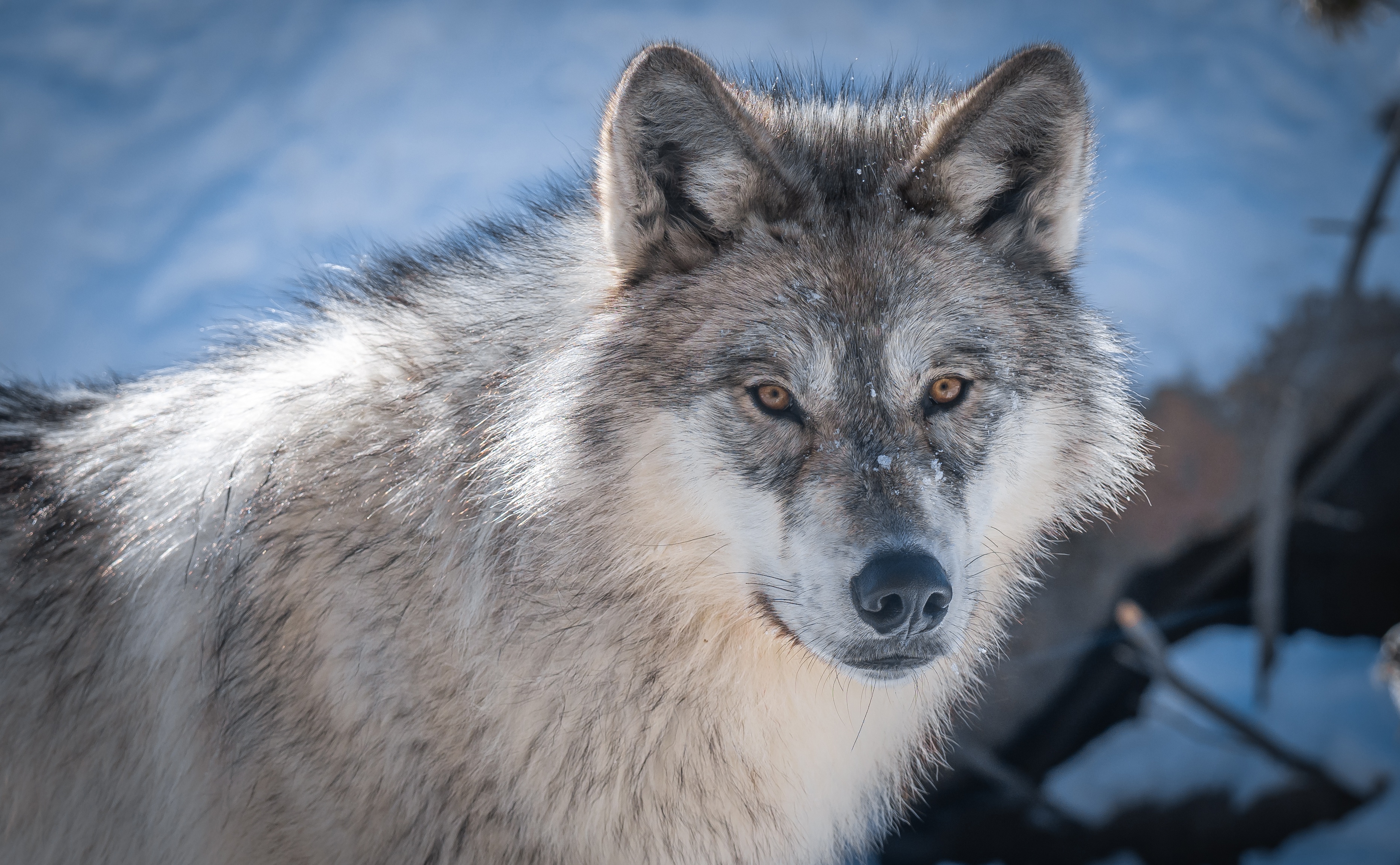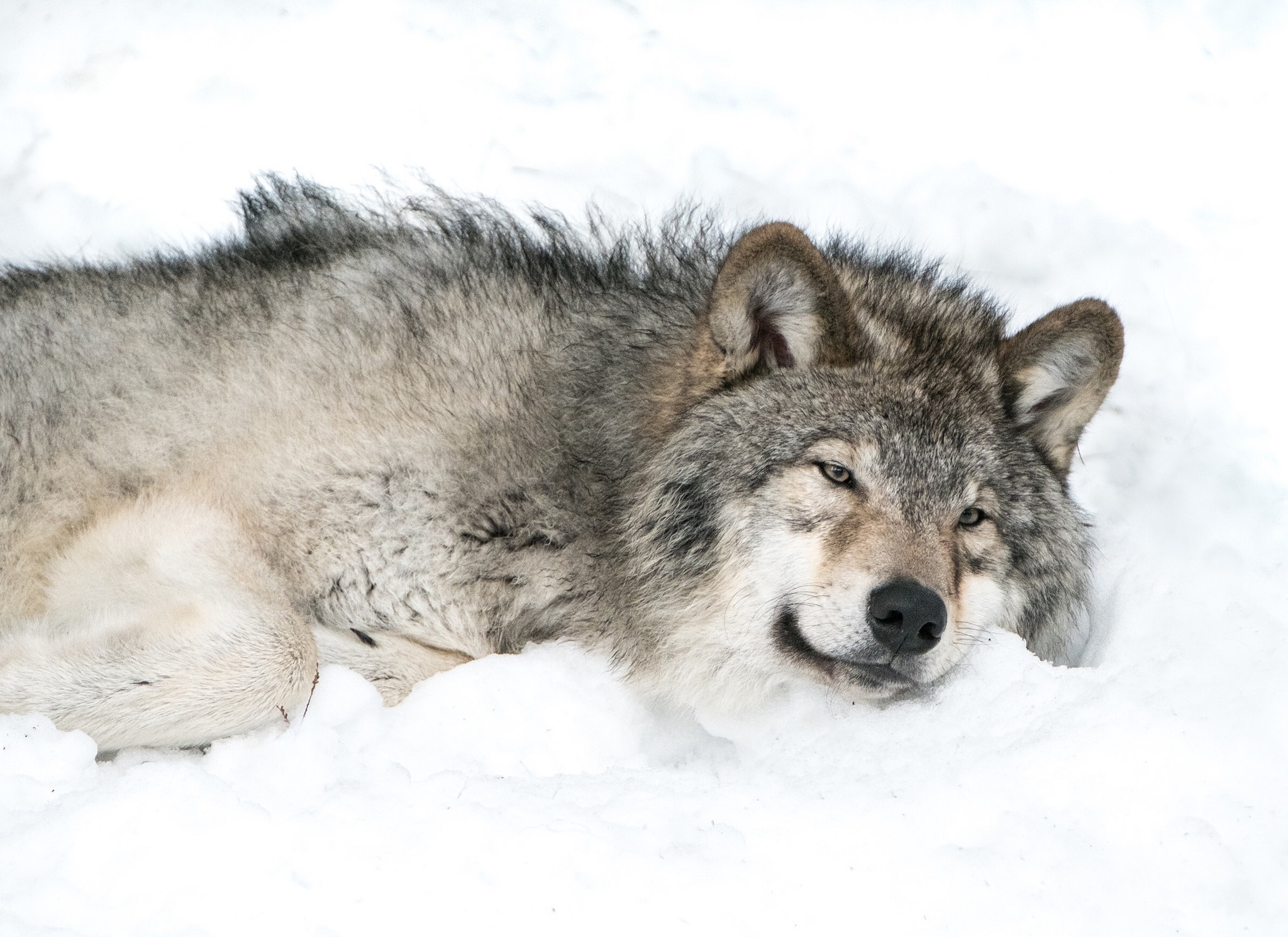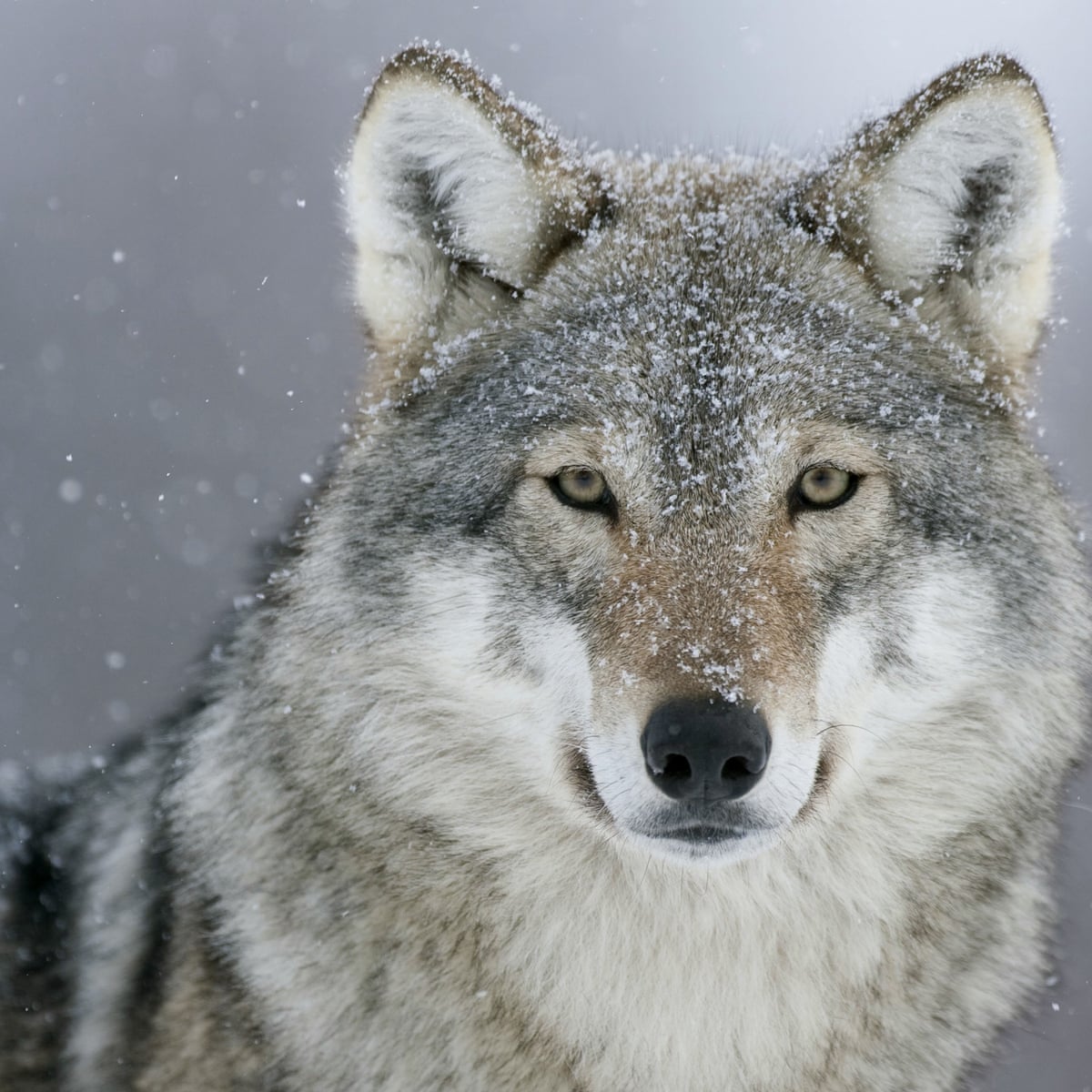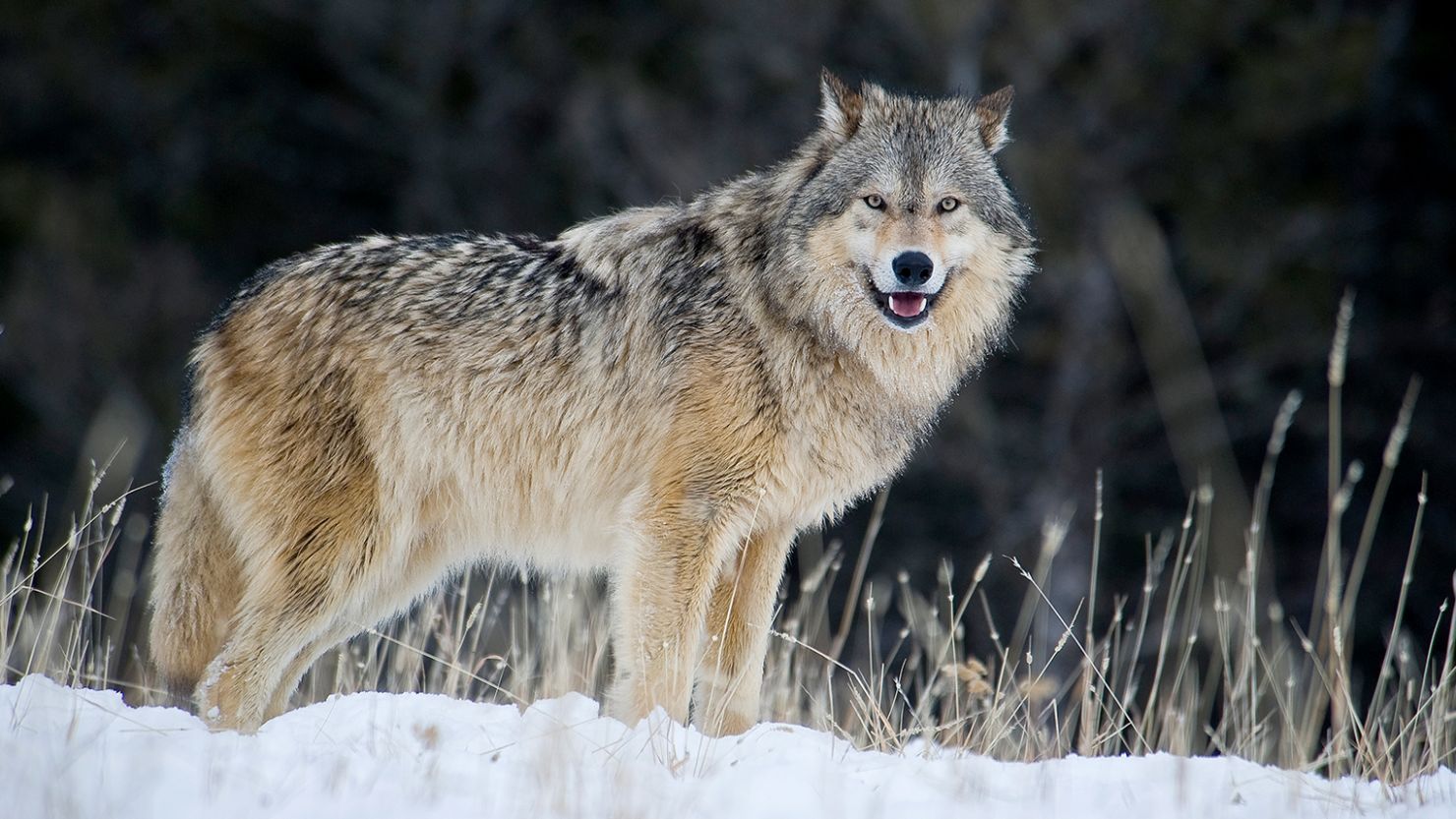
The Gray Wolf, or Canis lupus, stands as one of the most iconic and misunderstood creatures in the animal kingdom. Known for its intelligence, complex social structures, and hauntingly beautiful howls, the Gray Wolf is a true symbol of wilderness and raw nature.

Gray Wolves once roamed throughout North America, Europe, and Asia, playing a crucial role in maintaining the balance of ecosystems. These apex predators primarily hunt large ungulates such as deer, elk, and moose, regulating prey populations and ensuring the health of the environment. Their hunting strategy relies on teamwork, utilizing their pack’s strength and coordination.

A typical wolf pack consists of an alpha pair, their offspring, and other related or unrelated wolves. The alpha pair leads the pack, with a hierarchy that maintains order and cooperation within the group. Communication among wolves is sophisticated, involving vocalizations, body language, and scent marking.

Despite their vital ecological role, Gray Wolves have faced significant persecution due to human conflicts and misconceptions. By the early 20th century, widespread hunting, trapping, and habitat destruction had driven them to the brink of extinction in many areas. However, conservation efforts and legal protections have led to the gradual recovery of wolf populations in certain regions.

The reintroduction of Gray Wolves to Yellowstone National Park in 1995 is a notable success story. This initiative not only restored the wolf population but also revitalized the park’s ecosystem. The presence of wolves led to changes in the behavior of prey species, which in turn allowed vegetation to recover, benefitting numerous other species.

Today, the Gray Wolf continues to evoke awe and admiration. Its story is a powerful reminder of the importance of coexistence and the need to protect the wild spaces that sustain us all. As guardians of the wild, Gray Wolves symbolize the resilience of nature and the profound interconnectedness of all living things.










